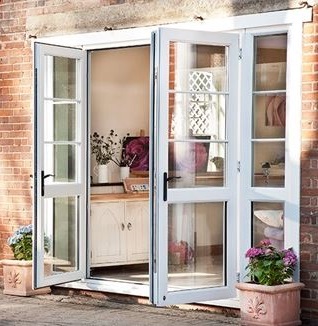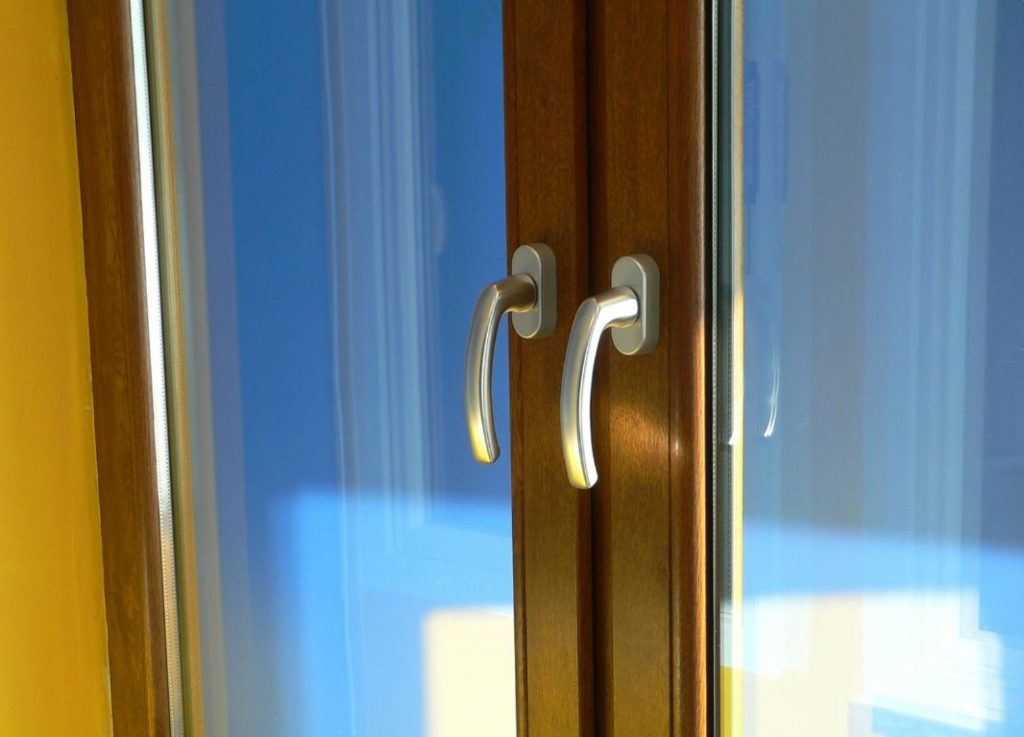French doors are a great choice when looking for ways in which to open up a space, creating a wide doorway and allowing a large amount of light into the room. However, if they aren’t fitted properly, they can cause a range of different issues, including a lapse in home security, water ingress and energy loss.
There are a number of ways in which to adjust a French door, depending on the issue that is occurring with the doors. For example, a French door that hits the bottom of the door frame will need adjusting differently to a French door that doesn’t close properly.
There are several different types of French doors, but this guide defines how to adjust the more modern French doors that have corner and stay bearings.
Table of contents
French door problems and how to fix them
Here are some of the most common problems associated with French doors, and our recommendations on how to adjust the French doors in order to resolve the issues. Before attempting any of the adjustments, remove all plastic covers from the bearings, and check you have the correct sized Allen key or screwdriver to fit the screws within your French door system.
French doors jam by the handle
If the door hits the door frame by the handle, it will need a diagonal casement adjustment. To do this, use the bearings on the sides of the doors. Firstly, measure the distance between the leaf and the frame of the French doors using a tape measure, metre rule or yardstick. The distance should be the same. Secondly, remove the plastic covers from the corner bearings on the lower hinges. Then insert the Allen key or screwdriver, and turn the corner bearing adjusting the screw clockwise if the door needs to be raised, or anticlockwise if the door needs to be dropped slightly.
French doors hit the side of the doorframe
If the door is jamming at the side of the door frame, it will need a parallel adjustment at the sides of the French doors. To do this, you’ll be working on the bearings at the top corner of the door. This is known as the upper stay bearing. Turning the bearing will move the door in the same direction, so if you want to move the door to the left, turn the bearing towards the left, and vice versa.
Gaps around the sides of French doors
If there is heat loss due to gaps around the door, or the door doesn’t open very smoothly, the door may need parallel adjustment to the height. To do this, firstly measure the difference between the French door and the door frame. Then remove the plastic cover from the corner bearing, found at the bottom corner by the frame, and turn the screw clockwise to lift, or anticlockwise to lower the door until it is parallel with the door frame.
Adjusting contact pressure
The contact pressure can be adjusted to regulate the levels of ventilation and draught that come from around the door. Firstly, find the locking pins – these are situated on the side of the door by the handle. Pull out the pins, then turn them clockwise to increase the contact pressure, or anticlockwise to decrease the pressure. Make sure that the contact pressure is enough to prevent too much draught, whilst also not being too high that it makes it difficult to close the door.
Need more advice on how to adjust door hinges, how to finish, paint or varnish a door, or how to change door locks? We have a wide range of articles and how-to guides to help you in our Help and Advice section.














